invisible fiber optic cabling is an installation that hides fiber optic wiring inside a building or structure, often used to improve aesthetics and protect the fiber from external damage. It is commonly found in homes, offices and commercial environments.
Advantages
- Flexibility: The cabling scheme can be adjusted according to the need to adapt to different space layouts.
- High performance: optical fiber provides higher bandwidth and faster transmission speed to meet modern network requirements.
- Durability: optical fiber is insensitive to electromagnetic interference, stable transmission, suitable for long distance transmission.
- Future scalability: Fiber optic networks are easy to upgrade and expand to accommodate future technological developments.
Tools
- Transparent Fiber Optics: Used for data transmission, with good optical properties, suitable for invisible wiring.
- Hot Melt Adhesive: Used to secure optical fibers and other components, ensuring a solid connection and reducing the risk of movement and damage.
- Transparent Corner Protector: protects optical fiber from damage at corners and avoids signal loss due to fiber bending.
- Fiber Optic Transceiver: Converts optical signals into electrical signals (or vice versa) for connecting different types of devices to extend the network’s reach





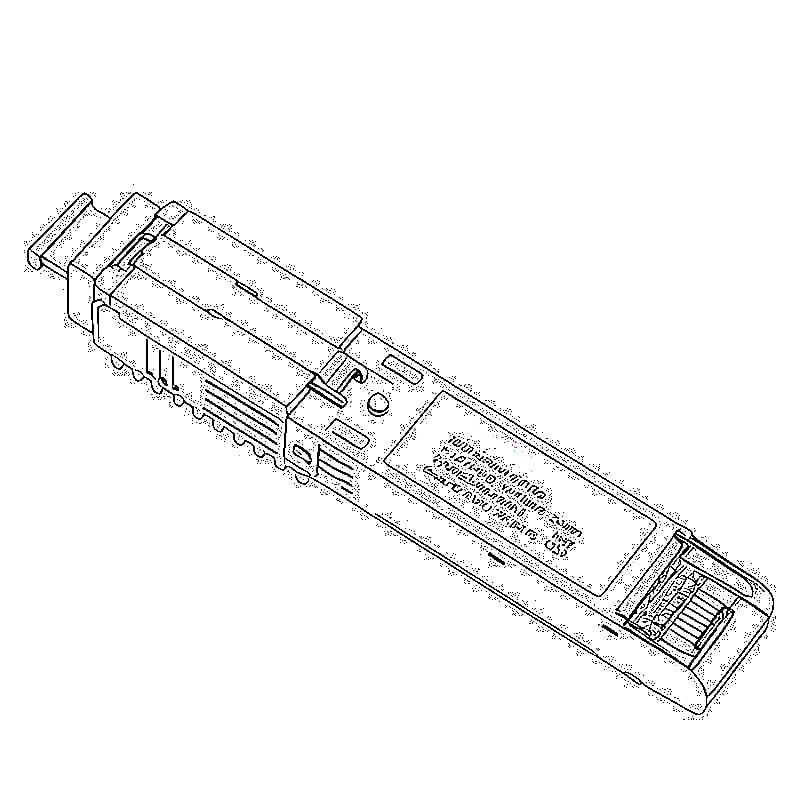





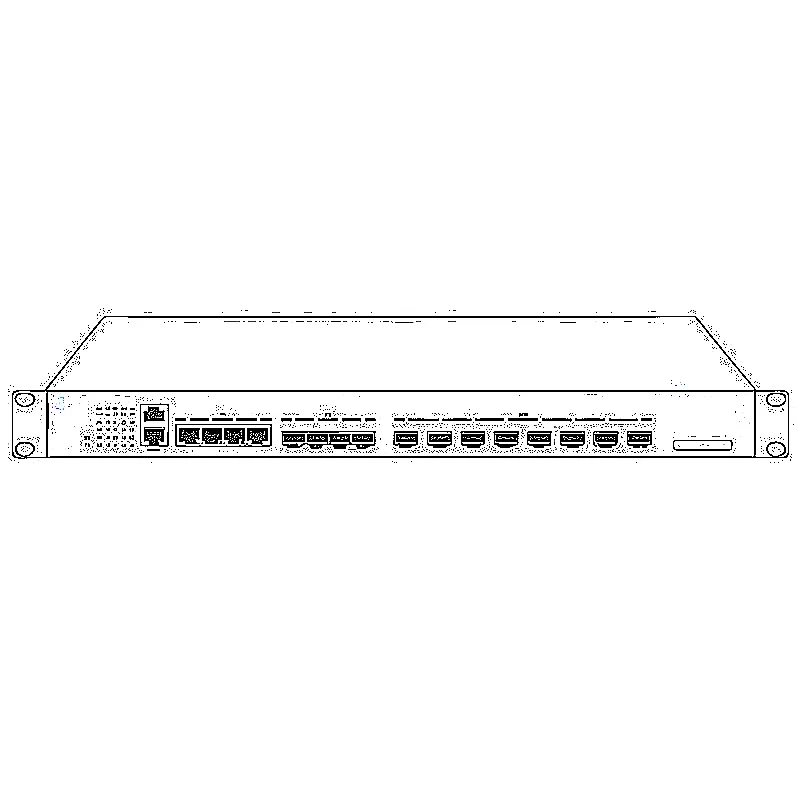










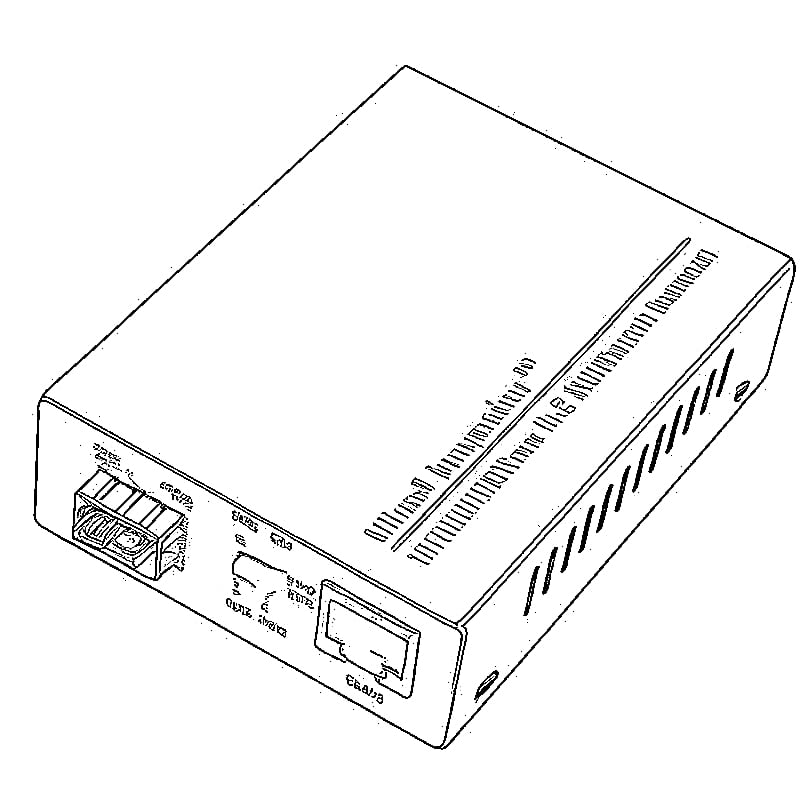







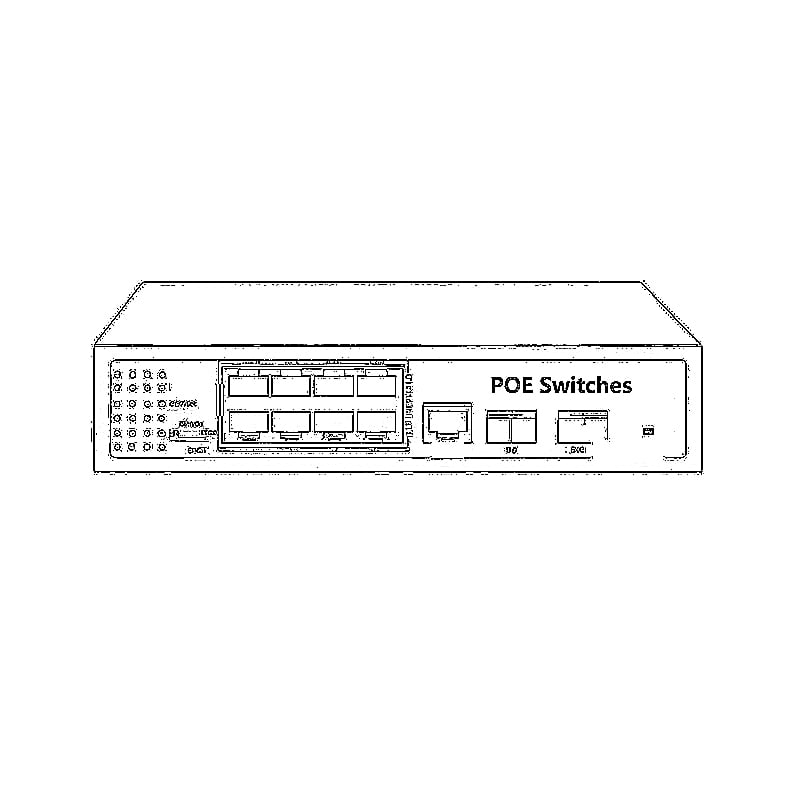



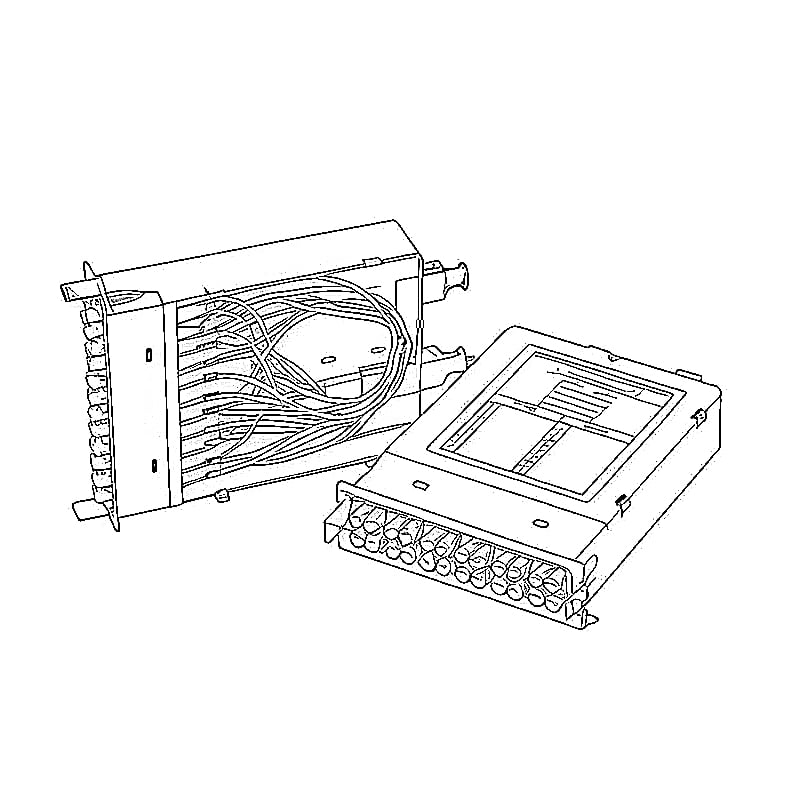


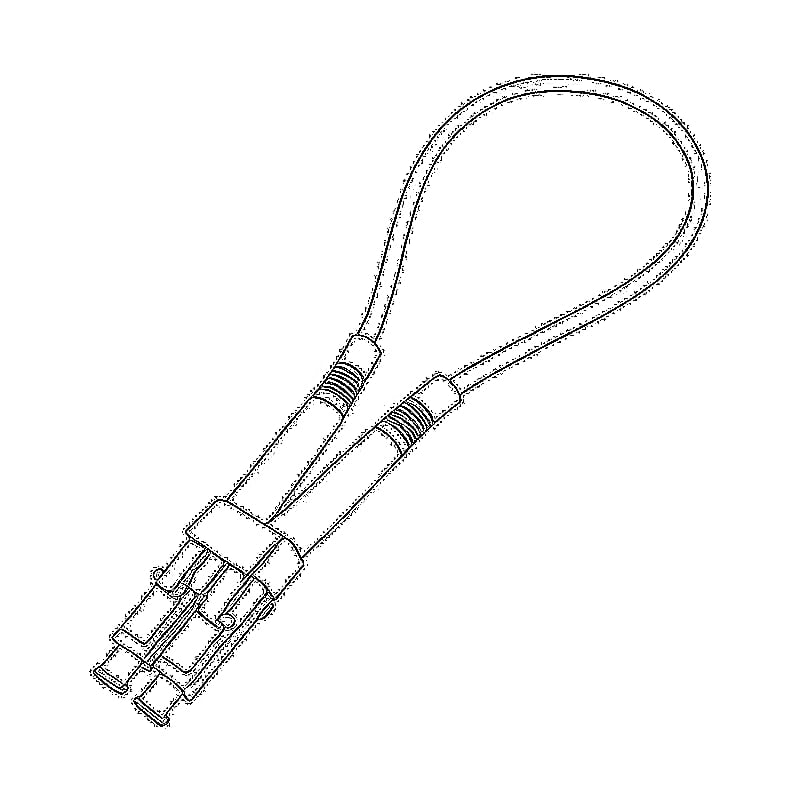


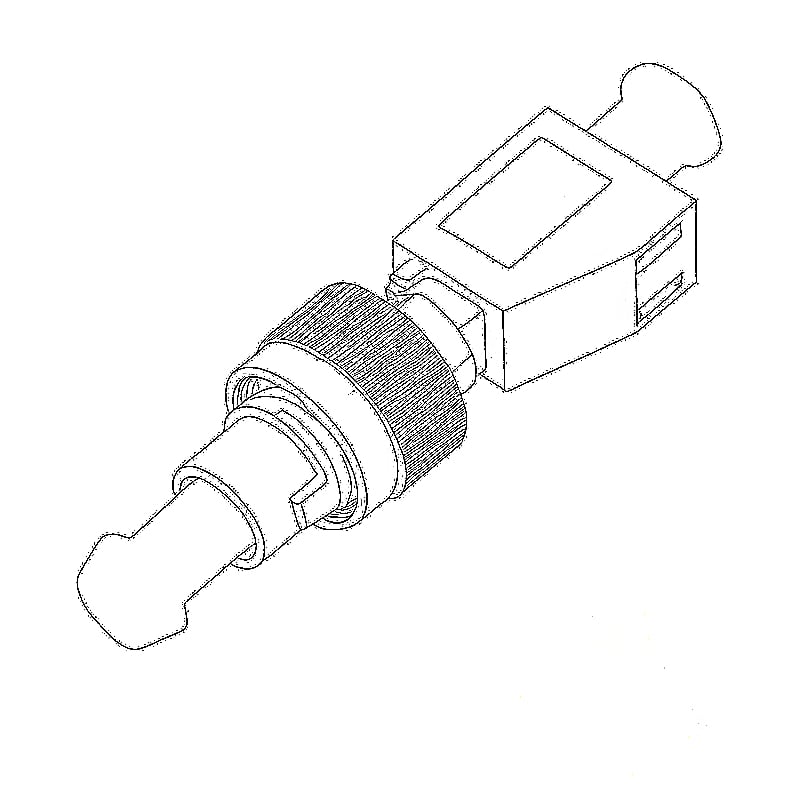





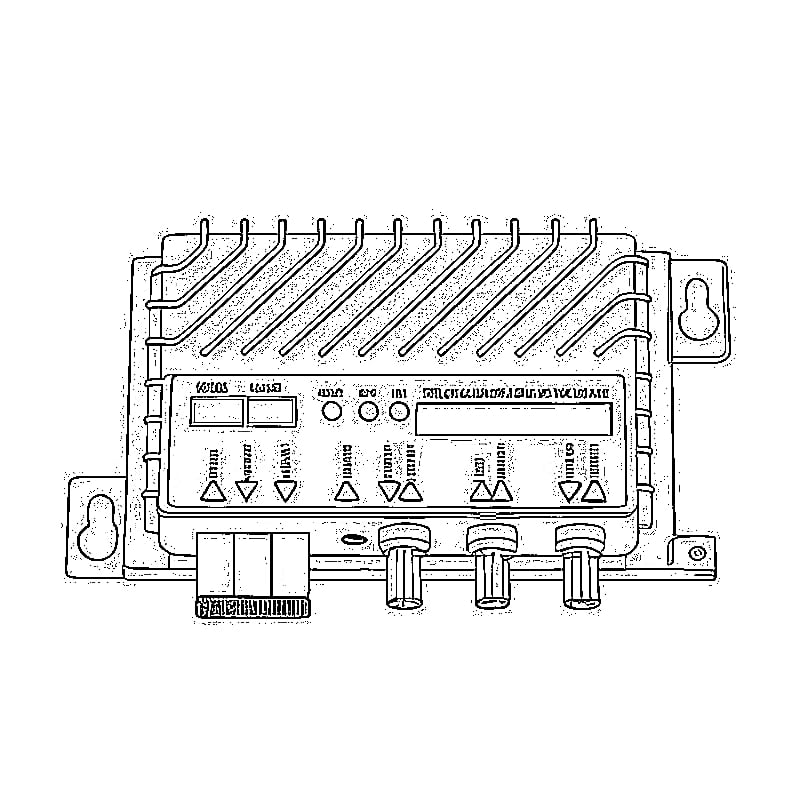



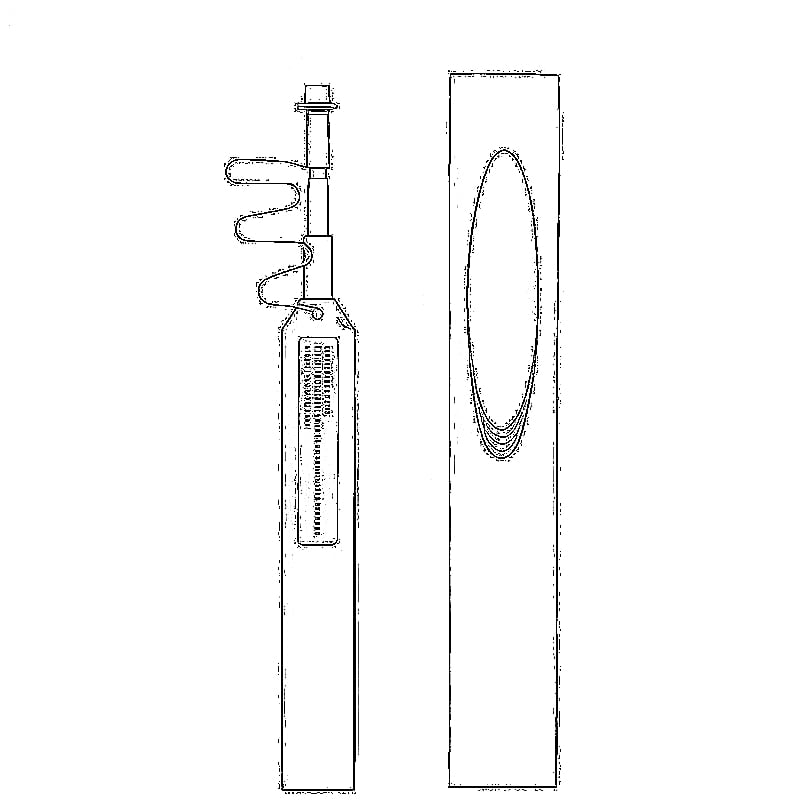





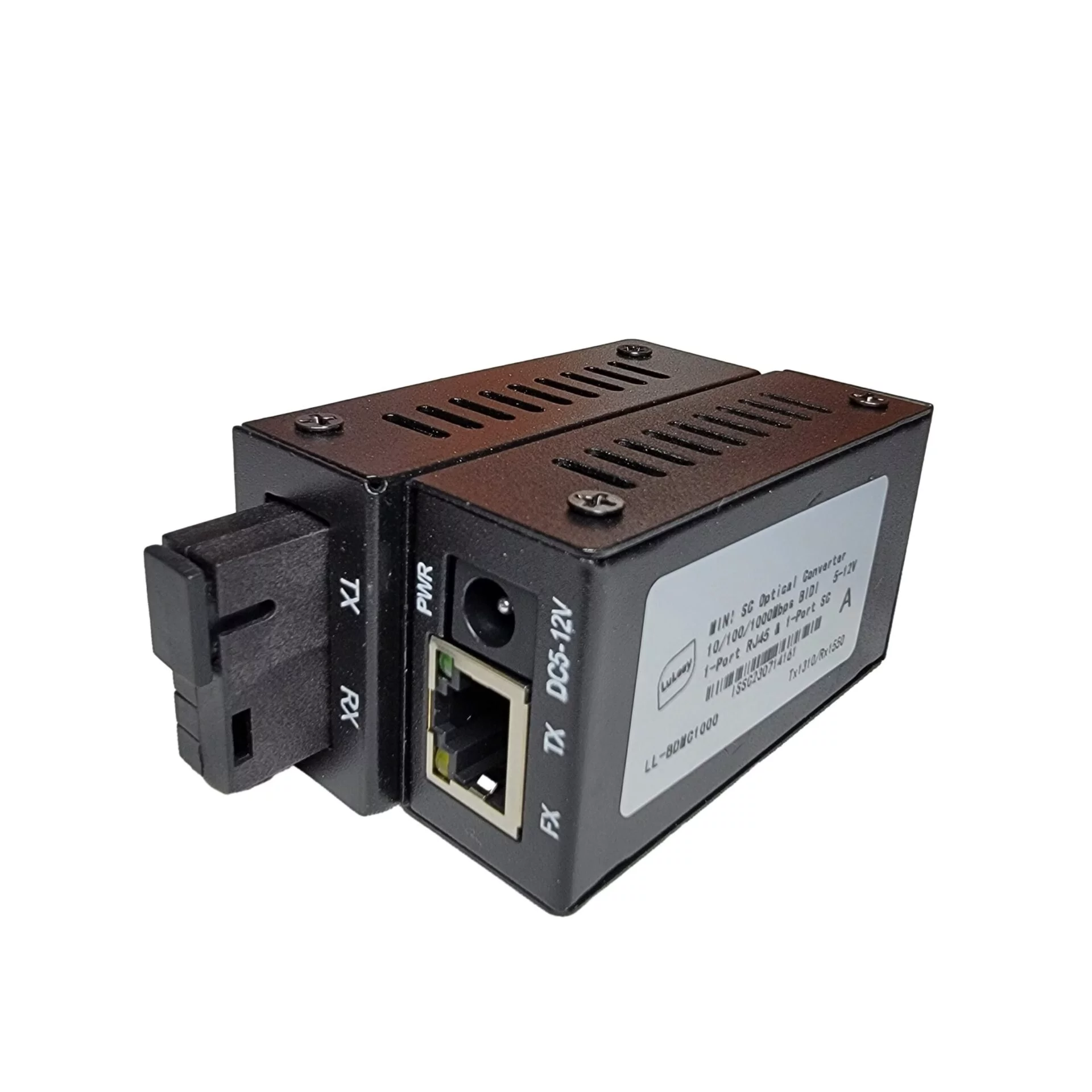


 SFP/SFP+ (1G/2.5G/5G/10G)
SFP/SFP+ (1G/2.5G/5G/10G) SFP-T (1G/2.5G/10G)
SFP-T (1G/2.5G/10G) AOC Cable 10G/25G/40G/100G
AOC Cable 10G/25G/40G/100G DAC Cable 10G/25G/40G/100G
DAC Cable 10G/25G/40G/100G QSFP28 QSFP+ SFP28 100G/40G/25G
QSFP28 QSFP+ SFP28 100G/40G/25G Copper to Fiber Media Converters
Copper to Fiber Media Converters Fiber Media Converter PCBA Board
Fiber Media Converter PCBA Board OEO Fiber Media Converters
OEO Fiber Media Converters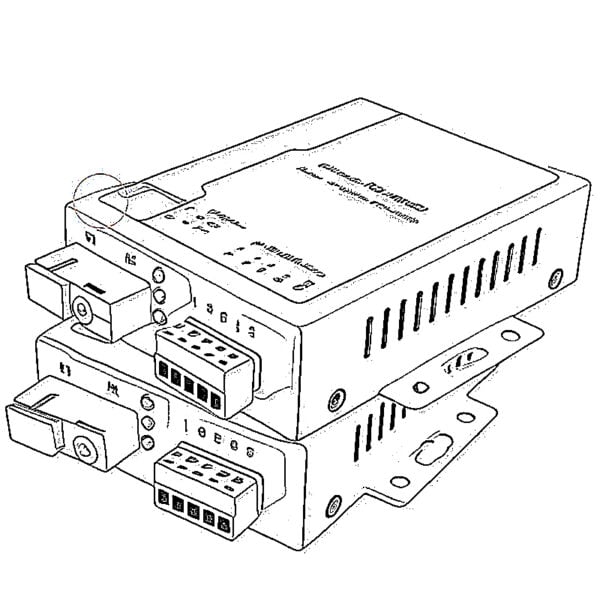 Serial to Fiber Media Converters
Serial to Fiber Media Converters Video to Fiber Media Converters
Video to Fiber Media Converters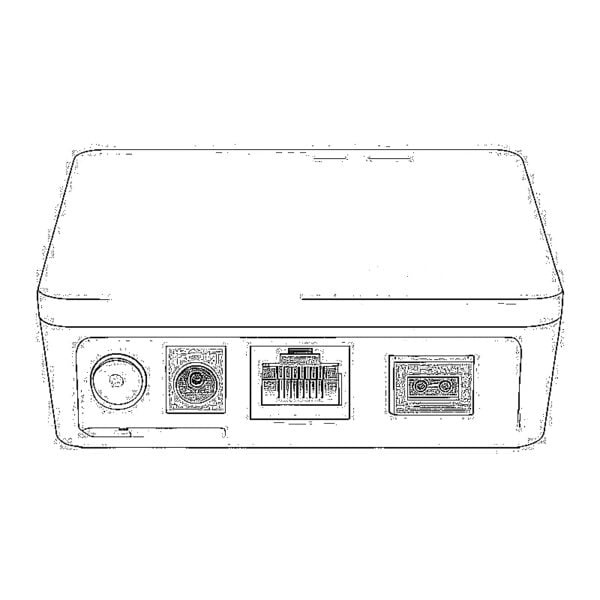 1000M GPON/EPON ONU
1000M GPON/EPON ONU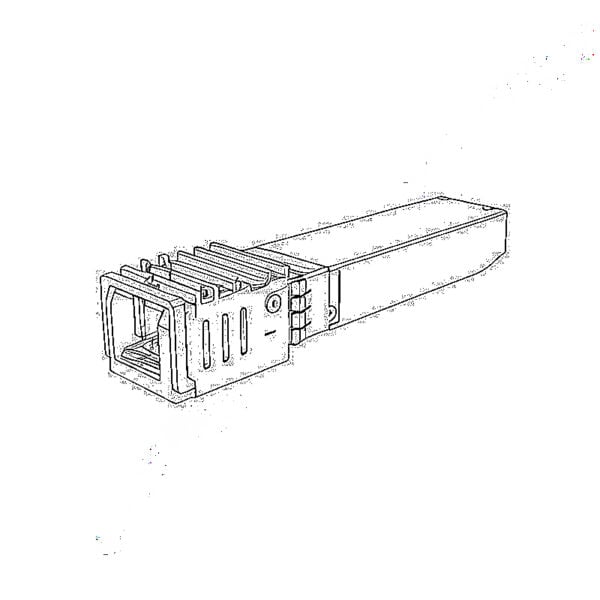 10G EPON ONU/XG-PON/XGS-PON
10G EPON ONU/XG-PON/XGS-PON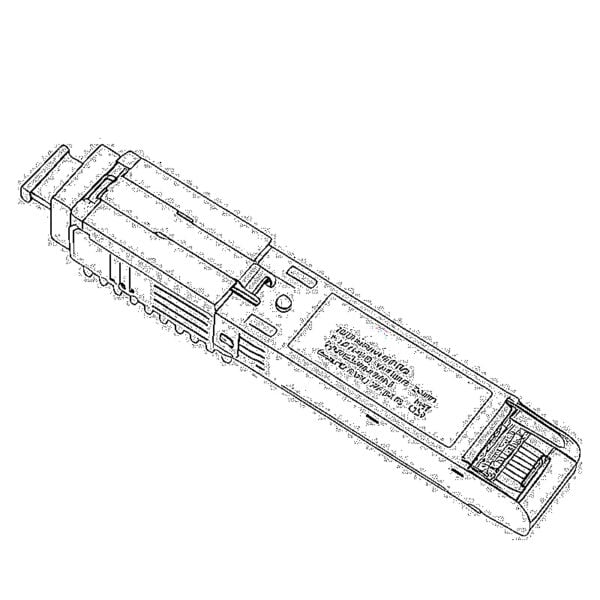 2.5G GPON/XPON STICK SFP ONU
2.5G GPON/XPON STICK SFP ONU POE GPON/EPON ONU
POE GPON/EPON ONU Wireless GPON/EPON ONT
Wireless GPON/EPON ONT EPON OLT
EPON OLT GPON OLT
GPON OLT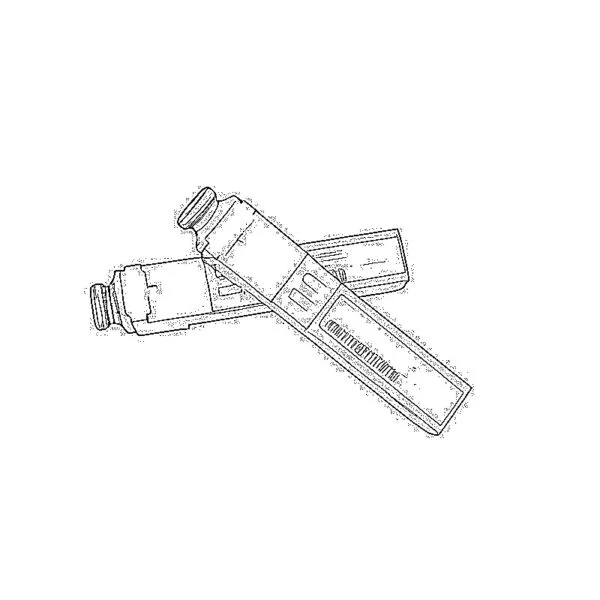 SFP PON Module
SFP PON Module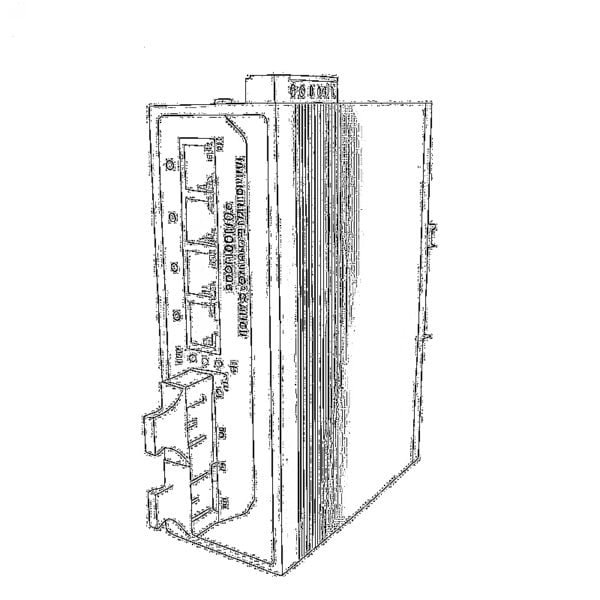 Industrial Switches
Industrial Switches Managed Switches
Managed Switches POE Switches
POE Switches Unmanaged Switches
Unmanaged Switches MTP/MPO Fiber Cables
MTP/MPO Fiber Cables Fiber Optic Cassettes
Fiber Optic Cassettes Fiber Optic Loopback
Fiber Optic Loopback Optic Cables and Fiber Pigtails
Optic Cables and Fiber Pigtails Optical Splitters and Splitter Box
Optical Splitters and Splitter Box Fiber Flange Connectors
Fiber Flange Connectors Optical Adapters
Optical Adapters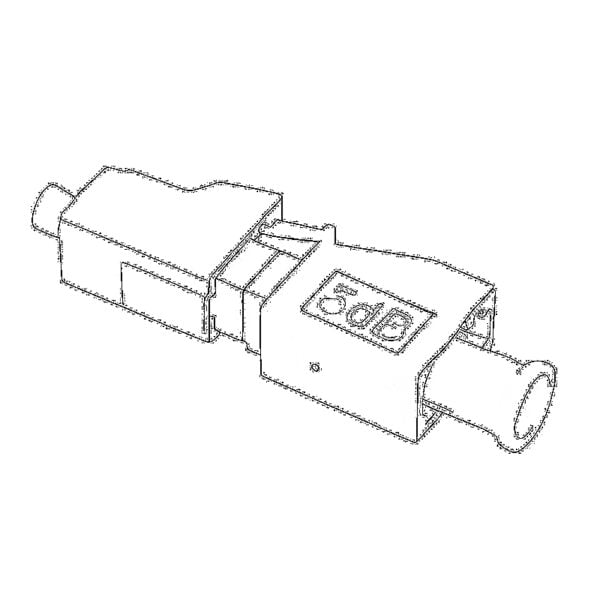 Optical Attenuator
Optical Attenuator Quick Connector and Connector Panel
Quick Connector and Connector Panel CATV Amplifier
CATV Amplifier CATV Optical Receiver
CATV Optical Receiver Visual Fault Locator
Visual Fault Locator OTDR
OTDR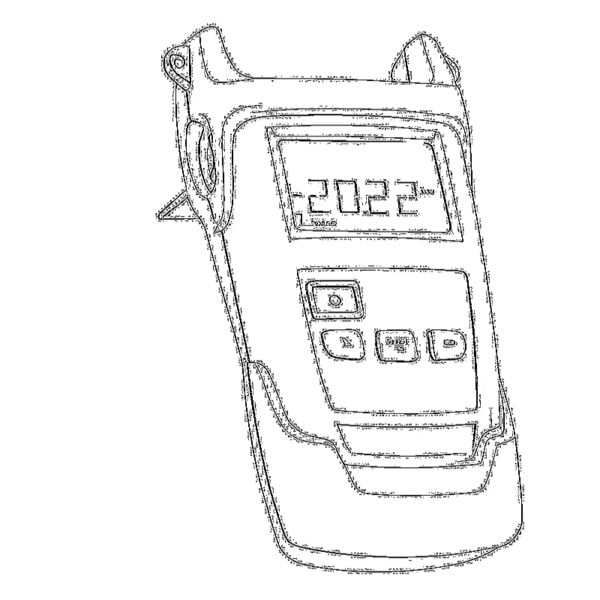 Optical Power Meter
Optical Power Meter Fiber Optic Identifier
Fiber Optic Identifier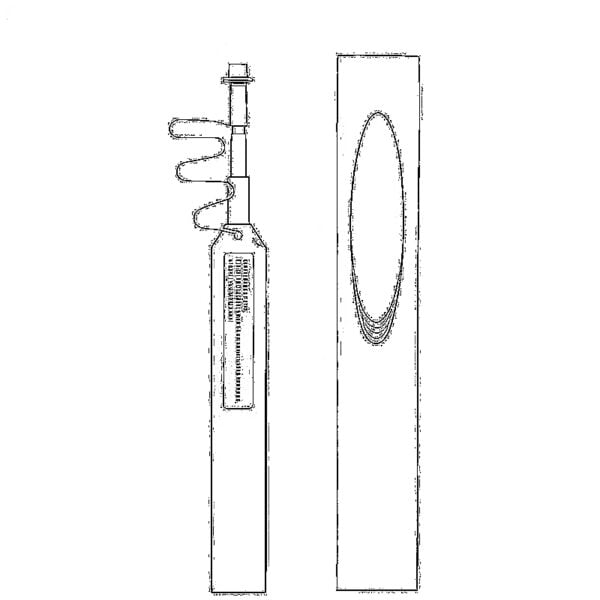 Fiber Optic Cleaners
Fiber Optic Cleaners Fiber Cleavers & Fiber Strippers
Fiber Cleavers & Fiber Strippers Copper Tools
Copper Tools